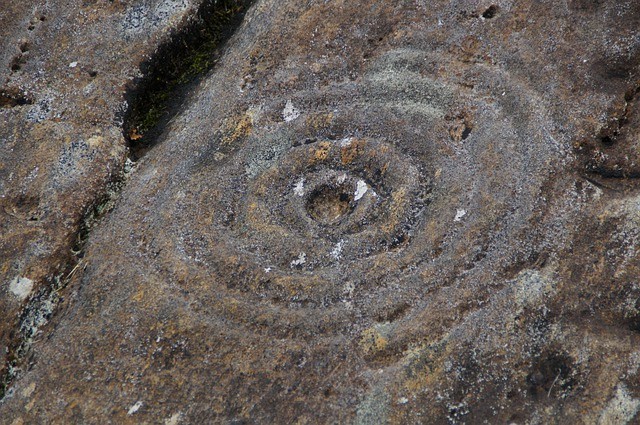
Archeologists discovered a Pictish symbol stone in sites where famous battles were fought. These carven stone monuments are records of Pictish history like in other ancient societies.
Researchers discovered the find in farmers' fields in Aberlemno, close to Forfar, where the team found the relics in Scotland.
Symbol Stones Reveals Scotland's Past
An excavation worked on by scientists from the University of Aberdeen stumbled upon the discovery of the Pictish stone that measured 1.7 meter-long during a survey done in the area, reported SciTech Daily.
Aberlemo is a hotspot for the Pictish culture with a sample of standing stones that had engraved scenes from a cross-slab depicting a battle that led to the formation of Scotland.
The Battle of Nechtansmere is where the Land of Scots was born, and the stones record this penultimate victory, cited the Scotsman.
As part of the Leverhulme Trust-funded Comparative Kingship project, archaeologists have been conducting geophysics assessments of the ground in early 2020 to understand the context of the extant stones effectively.
Using the survey equipment on the areas the archeologists were taking scans of; had yielded what could be housing for the Picts.
The team dug a test pit to find out more to see what lies underneath to see if structural remnants. Instead, they stumbled on the Pictish relic, which is only one of 200; already known to exist.
Their efforts to ascertain the identity of the Pictish symbol stone and settlement were hindered by successive Covid curfews. They were unable to return for several weeks at least to verify their revelation.
Rare Pictish Stone
According to the team, the estimated date of the Pictish stone symbols was at the fifth or sixth century. The excavating of the site and part of the Pictish settlement led to the removal of the stone where it lay.
The project's director, Professor Gordon Noble, suggests finding a stone during an archaeological excavation is unexpected, per BBC.
He added about 200 of these monuments are found so far, and its framers find them sometimes when working on their fields. Other instances are road work that uncovers these stones due to the nature of the activity, which leaves the surroundings disturbed.
Furthermore, the chances of finding one in a small test pit are pure luck; to see one on the first try is remarkable. Stumbling on the Pict stone without having the earth or surrounding disturbed allows the finer detail and clues to be preserved, not lost.
Finding something new from such pristine dig increases the chance to add more to what could be understood from a complete sample.
Dr. James O' Driscoll, who was the first to find the stone, made a statement about the day the relics were seen. He recalled it was thought to be a dull day at the dig when they found the stone, and it was the find anyone would be hoping for. It an amazing when more symbols stones were found, and everyone was on the edge of excitement due to the discovery. He added that it might be a once-in-a-lifetime thing in an archaeological site, a rare occurrence indeed.
The Aberlemno stones have Pictish symbology that overlay each other, including triple ovals, a comb and mirror, a crescent and V rod, and double discs. These Pictish symbol stone relics are vital clues to the past of location it was found in pristine condition, marking how the battle depicted coincided with Scotland's founding.
© 2026 HNGN, All rights reserved. Do not reproduce without permission.








